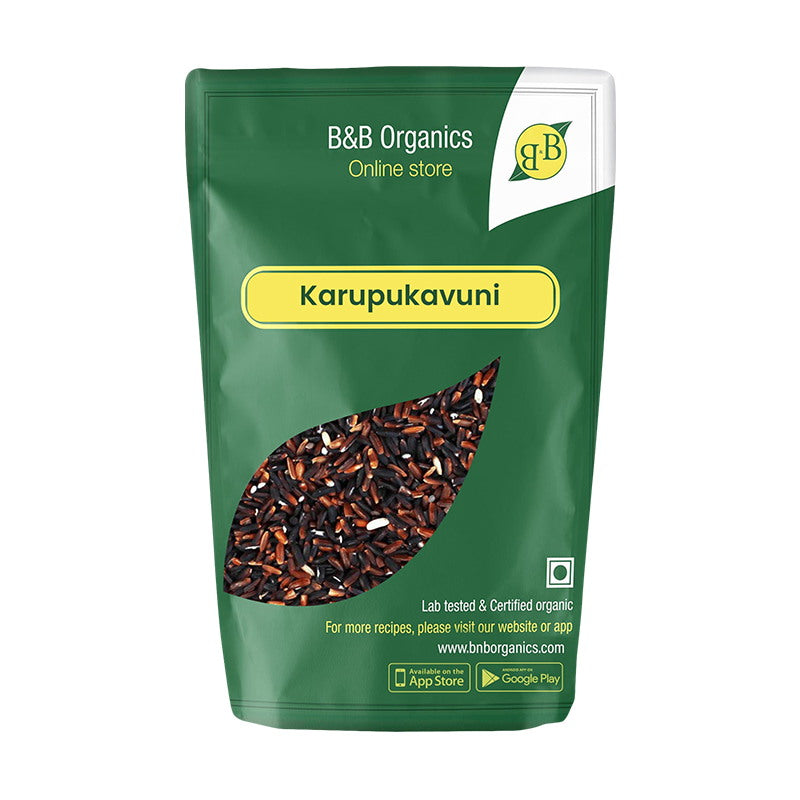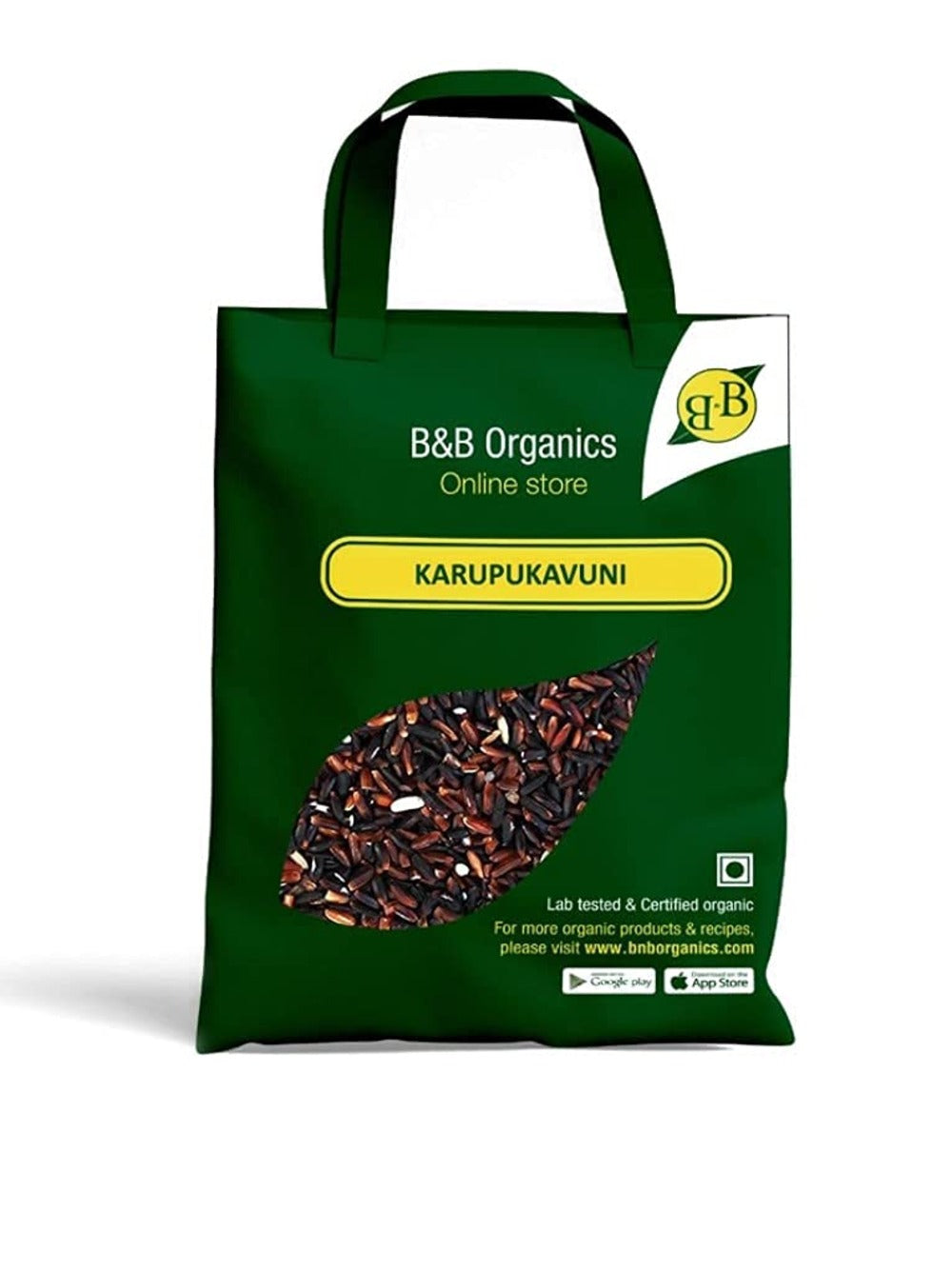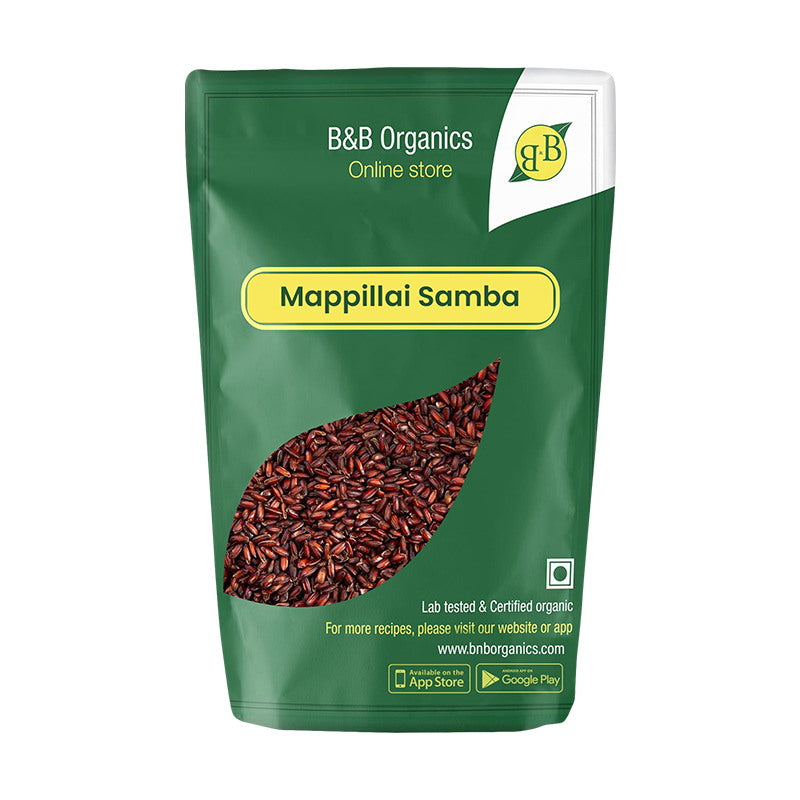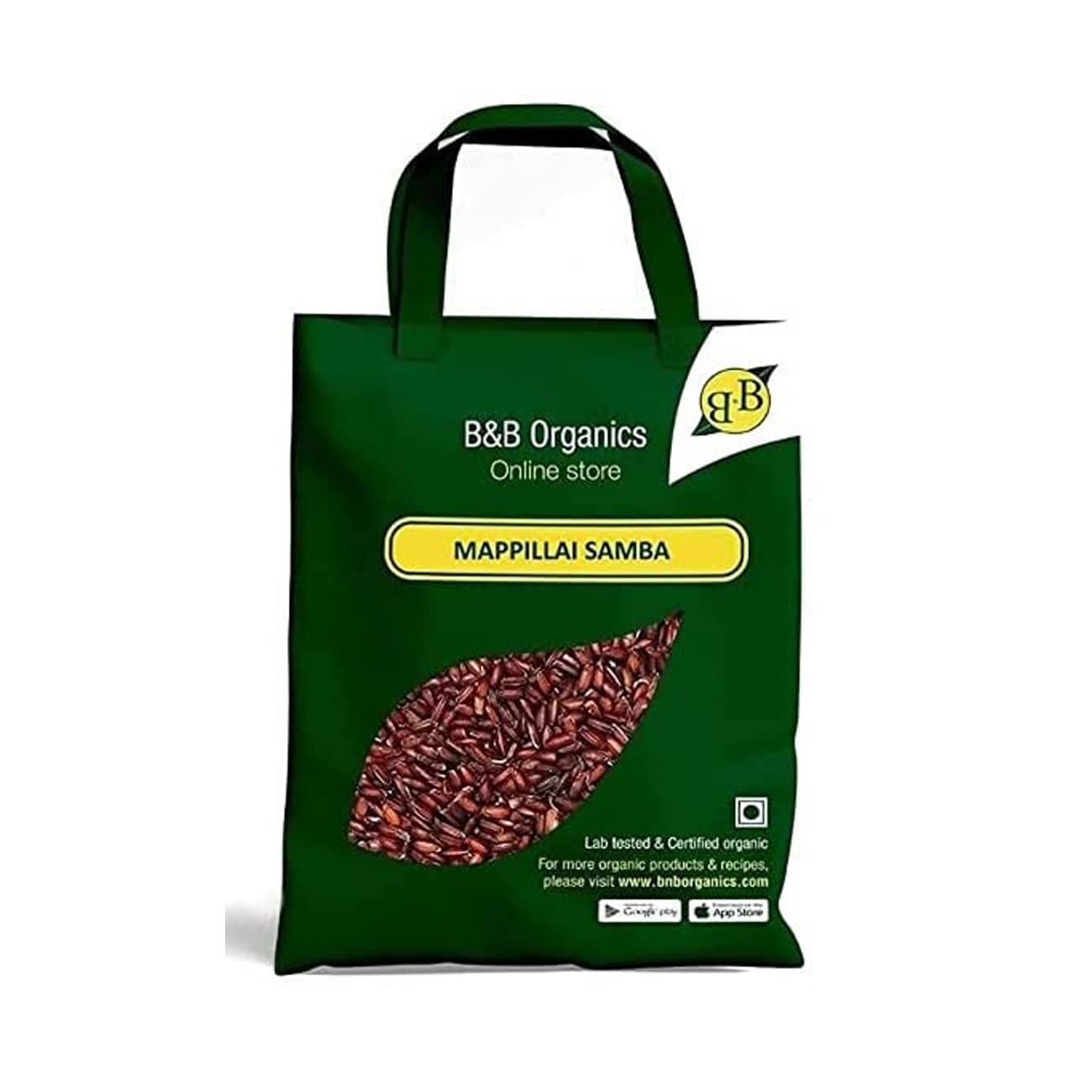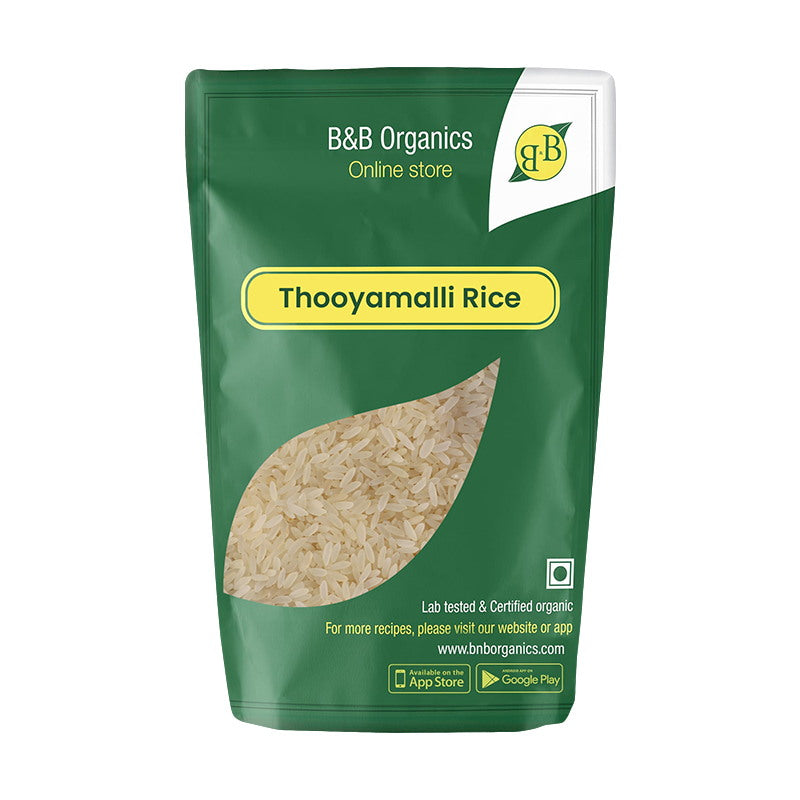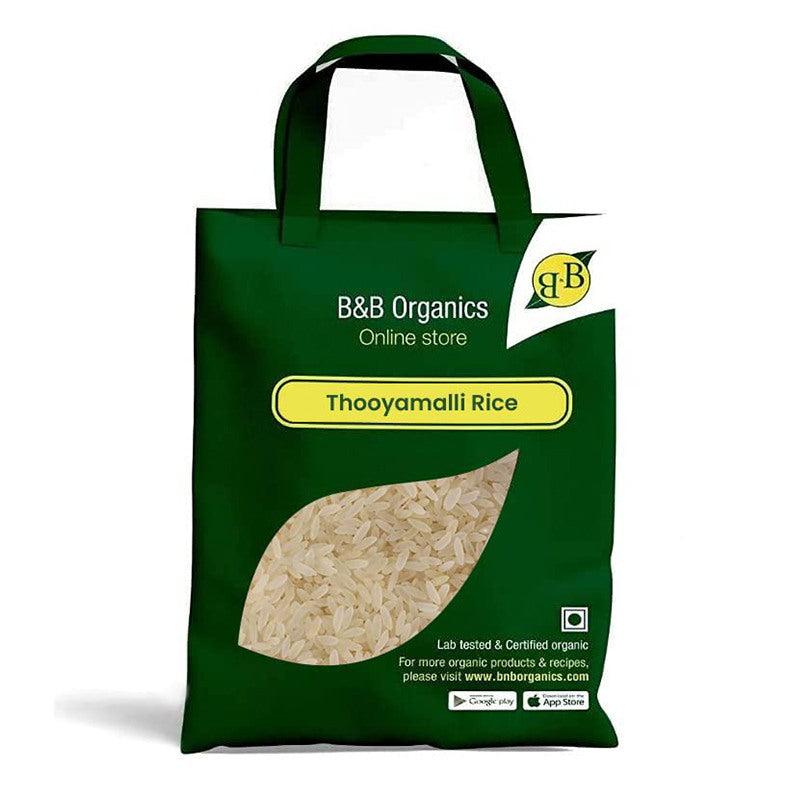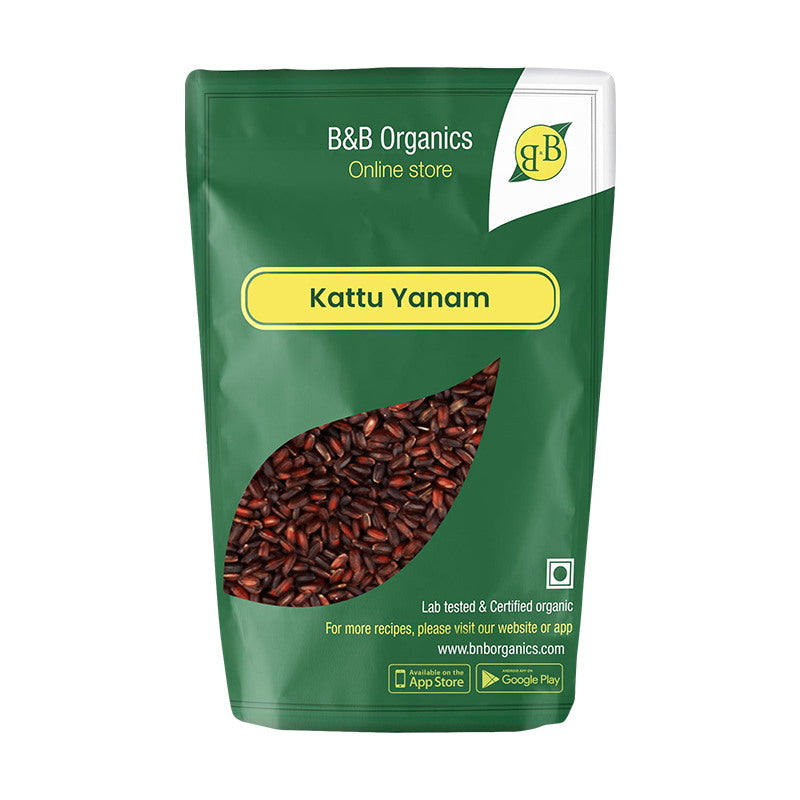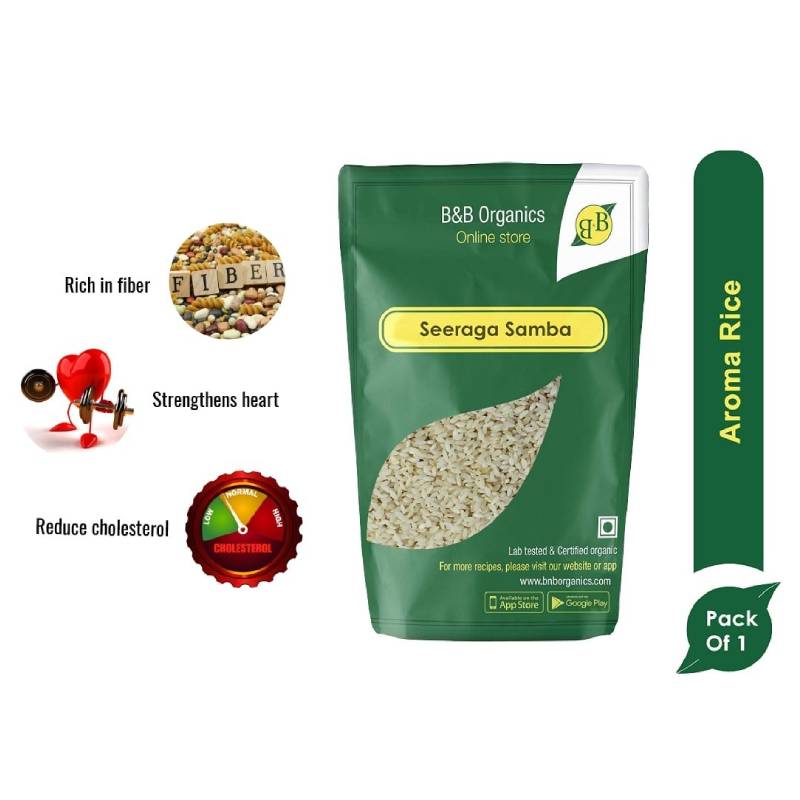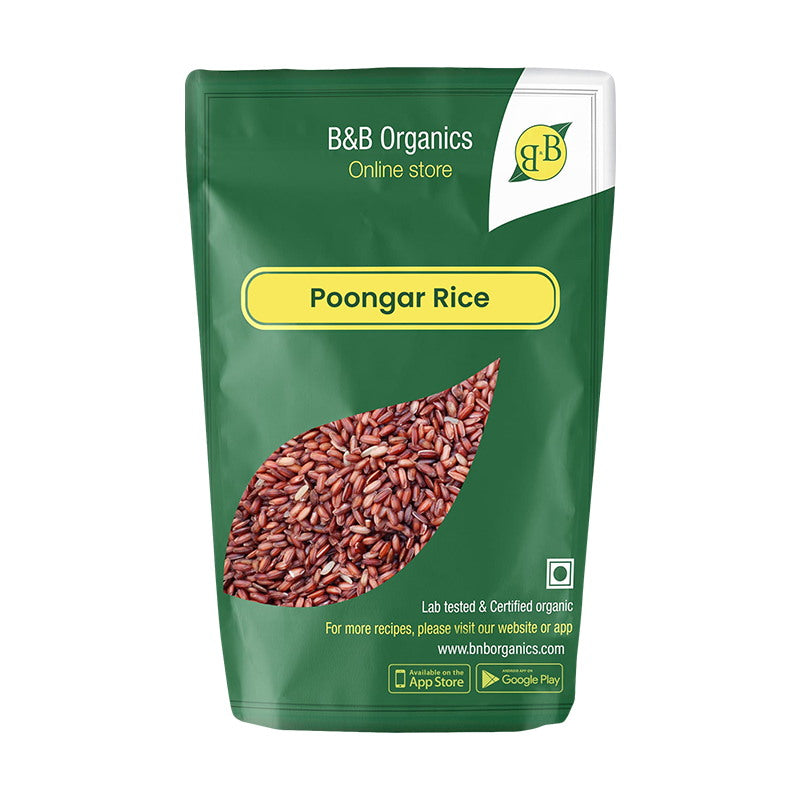Kodo millet, scientifically known as Paspalum scrobiculatum, is an ancient millet grain cultivated in India since centuries. It is sometimes also referred to as kodra, kodon, arikelu, or varagu.
Kodo millet is a highly nutritious cereal grain indigenous to tropical regions of Africa and Asia. It remains an essential food crop in arid and semi-arid regions of India where rice and other grains do not grow well.
Compared to major cereal grains like rice and wheat, kodo millet is hardier and can withstand harsh weather conditions. It can be grown on marginal lands with little irrigation, making it an important crop for food security.
Some key benefits of kodo millet are:
- Rich in protein, fiber, minerals and vitamins
- Gluten-free and easy to digest
- Low glycemic index beneficial for diabetes
- Contains antioxidant polyphenols
- Grows well on low rainfall in hot climates
Let's look in more detail at the impressive nutritional profile of kodo millet and how to incorporate it into a healthy diet.
Nutritional Profile and Health Benefits
Kodo millet is packed with essential nutrients and bioactive compounds that provide many health benefits:
Protein Content
Kodo millet contains about 9-11% protein by weight, providing all essential amino acids. Compared to common cereal grains like rice, the protein content of kodo millet is substantially higher. The amino acid profile combined with B-vitamins like niacin make the protein easily digestible.
The high quality protein in kodo millet can complement plant-based diets by providing the amino acids needed for tissue repair and building lean muscle mass.
Dietary Fiber
A 100 gram serving of kodo millet provides about 6-8 grams of dietary fiber, which is a significant amount compared to other grains. The insoluble fiber helps regulate digestion and promotes gastrointestinal health. It also aids in weight management.
The high fiber keeps the digestive system functioning optimally. It adds bulk which creates satiety and reduces calorie intake. The fiber can also help lower cholesterol levels in the body.
Minerals and Vitamins
Kodo millet is a good source of several important vitamins and minerals that provide health benefits:
- Phosphorus - Supports bone health and kidney function
- Potassium - Regulates heart rate and blood pressure
- Magnesium - Prevent muscle cramps, migraines and inflammation
- Iron - Improves blood circulation and prevents anemia
- Zinc - Boosts immunity and required for DNA repair
- Calcium - Needed for bone development and strength
- Thiamin - Helps convert carbs to energy and supports nerves
The combination of B-vitamins, iron, calcium, zinc and other minerals make kodo millet helpful for maintaining the health and optimal function of various systems in the body.
Antioxidants
The phenolic compounds and antioxidants in kodo millet exhibit free radical scavenging activity which helps prevent diseases caused by oxidative stress such as cancer, neurodegenerative disorders, heart disease and accelerated aging.
Some antioxidants found in kodo millet include flavonoids, lignans, phenolic acids and plant sterols. The antioxidant content contributes to the anti-inflammatory and anti-diabetic properties of kodo millet.
Glycemic Index
Despite having high carbohydrate content, kodo millet has a low glycemic index. This helps avoid sharp increases in blood glucose levels. The slow release of sugar makes kodo millet suitable for diabetics to help maintain stable blood sugar levels.
The low glycemic impact also makes kodo millet beneficial for those looking to lose weight in a healthy way.
History and Origin
Kodo millet has a very long history of cultivation going back thousands of years. It originated in tropical western Africa and was brought to Asia between 3000 and 1000 BC.
In India, there is evidence that kodo millet has been cultivated since prehistoric times going back to 2500-1500 BC. Traditionally, kodo millet was grown in drier regions of the Deccan plateau in Southern India where rice could not thrive.
It has always been an essential coarse grain cereal crop for subsistence farmers in marginal farming areas due to its hardiness and ability to grown in dry zones with poor soils. Kodo millet could provide food security even during droughts when other crops failed.
Today it remains an important staple food grain in arid and semi-arid regions of India. Its resilience to harsh conditions also makes it an important crop for adapting agriculture to climate change.
Cultivation and Production
To understand the unique properties and uses of kodo millet, let’s look at how it is traditionally grown and harvested:
Climate Conditions
Kodo millet is a hardy grain able to withstand periods of drought, high temperatures and low soil fertility. It grows well in dryland areas receiving low annual rainfall between 400-600 mm. Temperatures between 27°C to 30°C are suitable during the growing period.
The ability of kodo millet to survive with minimal water and marginal soils, unlike rice paddy cultivation, demonstrates its resilience as a traditional food crop.
Plant Characteristics
Kodo millet is an erect annual grass that can reach heights up to 180 centimeters. It has long, drooping leaves and can be identified by its bristly, compact head inflorescence. The seed grains are small and covered with brown husk.
The stalks have a purple tinge towards maturity. The grain seeds are tiny and conical or elliptical in shape.
Harvesting Kodo Millet
Kodo millet traditionally requires minimal use of fertilizers and pesticides. The grains mature around 3-4 months after sowing. Harvest typically occurs manually using sickles when the peduncle turns yellow.
The seeds are then separated from the stalks, dried in sun and stored with husk intact to maintain freshness. In traditional farming, the stocks are fed to cattle after harvesting the grains.
Processing Methods
After harvest, kodo millet goes through some processing before it can be consumed:
Removing the husk - The indigestible husk covering the seed grains needs to be removed. This is done by pounding and milling which helps loosen and separate the husk.
Grinding - The huskless grains are ground between stone grinders into a fine flour. This traditional hand-pounding is slow but helps retain nutrients better. For commercial production, electrically-operated steel mills are used.
Separating the bran - After grinding, sieves help separate some of the coarse outer bran from the finer grain flour. The bran can be fed to livestock.
Polishing - Traditionally, the kodo millet flour was not polished further. But modern mechanical polishers can be used to get finer flour if needed. This may strip away more of the bran and germ.
Drying - The flour is dried in sunlight to reduce moisture content which prevents spoilage by microbes. Proper drying helps prolong shelf life.
Comparison to Other Grains
Compared to more widely consumed cereal grains, kodo millet possesses some nutritional advantages:
Protein - Kodo millet contains almost double the amount of protein compared to rice. The protein content is also higher compared to wheat and sorghum.
Essential amino acids - Kodo millet contains good amounts of lysine, methionine, tryptophan and threonine. Together they make the protein of kodo millet well-balanced.
Dietary fiber - The insoluble fiber in kodo millet is higher than in most grains. Only barnyard millet contains more fiber than kodo millet among the common millets.
Minerals - Kodo millet provides substantial amounts of minerals like calcium, magnesium, iron and zinc compared to rice and wheat. Only finger millet is superior in its mineral content.
Low glycemic impact - The glycemic index of kodo millet is lower than that of rice and on par with that of wheat and other millets. This helps manage blood glucose levels.
So kodo millet has marked nutritional advantages over the staple cereals rice and wheat that make up a large part of diets worldwide.
Culinary Uses and Recipes
Kodo millet has great versatility in cooking and can be used to prepare common breakfast foods, main meals, traditional dishes and desserts. Here are some of the most popular recipes:
Cooking Considerations
- Rinse kodo millet grains thoroughly before use
- Dry roast briefly to enhance nutty flavor before cooking
- Can be cooked like rice or ground into flour
- Soak grains overnight to reduce cooking time
- Cook with 3-4 parts water to 1 part millet
- Add spices like cumin, garlic, chili, curry leaves etc.
Kodo Millet Recipes
Kodo Millet Upma
- Ingredients: kodo millet, urad dal, curry leaves, mustard seeds, peanuts, chili, grated carrots
- Method: Dry roast millet. Heat oil and temper urad dal, mustard seeds, curry leaves. Add millet, vegetables, salt and cook. Garnish with peanuts.
Kodo Millet Pulao
- Ingredients: kodo millet, mixed vegetables, ginger-garlic paste, cumin, cashews
- Method: Fry cumin seeds. Add ginger-garlic paste and vegetables, saute well. Add millet, water, salt and cook. Finish with cashews.
Kodo Millet Idli
- Ingredients: kodo millet, urad dal, fenugreek seeds, ginger, chili
- Method: Soak urad dal, rice, fenugreek seeds together. Grind to batter. Add millet flour, ginger, chili. Ferment and steam in idli mould.
Kodo Millet Dosa
- Ingredients: kodo millet, rice flour, urad dal, yogurt, cumin, vegetables
- Method: Mix flours, dal, yogurt, salt and ferment overnight. Add cumin and vegetables. Spread thin on pan to make dosa.
Kodo Millet Payasam
- Ingredients: kodo millet, jaggery, milk, ghee, cashews, raisins
- Method: Roast millet in ghee. Boil milk, add millet and cook. Add jaggery and cook till thickened. Finish with nuts and raisins.
Kodo millet can be a tasty and healthy replacement for common grains like rice and wheat in many dishes. It adds unique flavor, nutrition and texture.
Buying and Storage Tips
When purchasing kodo millet, look for:
- Grains that are uniform in size and color
- No visible mould, dirt, or moisture
- Pleasant aroma
- Free from debris and broken grains
To maximize freshness after buying:
- Store kodo millet in air-tight containers in a cool, dry place
- Frozen millet grains can keep for 6-12 months
- Refrigerate millet flour for up to 3 months
- Check for visible weevils or insects before cooking
- Discard any spoiled grains
Proper storage helps retain the nutrition and prevents spoilage or rancidity of the millet. Carefully inspecting the grains prior to cooking or processing ensures quality.
Precautions and Side Effects
Kodo millet is generally safe when consumed by most people in moderation as part of a varied diet. However, some precautions and possible side effects to be aware of include:
- Since it is high in fiber, excess intake can cause abdominal pain, flatulence or diarrhea in some individuals.
- The phytic acid present in kodo millet can hinder absorption of micronutrients if consumed in extremely high amounts for prolonged periods.
- Kodo millet may cause allergic reactions in sensitive individuals, especially with related grasses.
- Avoid during pregnancy and breastfeeding until more research establishes safety.
- Contamination with potential mycotoxins is possible if stored improperly for long periods.
Overall, kodo millet is a well-tolerated grain for most people but moderation and sound storage are advised. Those with allergies should exercise caution.
Frequently Asked Questions
General Questions
1. What is Kodo Millet?
Kodo millet is an ancient grain cultivated in India and parts of Africa. It is a highly nutritious cereal grain packed with protein, minerals, fiber and antioxidants. It has a low glycemic index and is gluten-free.
2. Where is Kodo Millet primarily grown?
Kodo millet is primarily grown in arid and semi-arid regions of India, especially the Deccan plateau. It also grows in parts of Africa.
3. What are the alternative names for Kodo Millet?
The alternative names for kodo millet are kodra, kodon, arikelu, and varagu.
4. How does Kodo Millet look like?
Kodo millet grains are very small and enclosed in a brown or grey husk. The seeds are oval, elongated and pointed.
5. Is Kodo Millet gluten-free?
Yes, kodo millet does not contain the gluten protein found in grains like wheat. So it is considered gluten-free and safe for people with celiac disease.
Nutritional Questions
1. What is the nutritional profile of Kodo Millet?
Kodo millet is rich in protein, dietary fiber, minerals like calcium, iron and magnesium, and antioxidant phenolic compounds. It is high in carbohydrates but has a low glycemic index.
2. Is Kodo Millet high in protein?
Yes, kodo millet contains about 9-11% protein by weight which is considered high compared to most other grains.
3. Does Kodo Millet contain any vitamins?
Kodo millet contains B-complex vitamins like niacin, thiamin, riboflavin and folate. It does not contain significant amounts of other vitamins.
4. What minerals are found in Kodo Millet?
Kodo millet provides substantial amounts of minerals like calcium, potassium, magnesium, phosphorus, iron and zinc.
5. Is Kodo Millet low in carbohydrates?
No, kodo millet contains comparable amount of carbohydrates like other grains, around 65-75% by weight. But it has a low glycemic index.
Health Benefits
1. Is Kodo Millet good for diabetes?
Yes, the low glycemic index of kodo millet makes it suitable for diabetics by helping maintain stable blood sugar levels.
2. How does Kodo Millet contribute to heart health?
The magnesium and potassium in kodo millet helps lower blood pressure. The fiber reduces cholesterol levels. This combination helps reduce risk of heart disease.
3. Can Kodo Millet aid in weight loss?
The high fiber and protein content of kodo millet improves satiety, which can aid weight loss. The low glycemic impact also helps prevent spikes and crashes in blood sugar that can stimulate appetite.
4. Is Kodo Millet beneficial for bone health?
Yes, the calcium, phosphorus and magnesium in kodo millet supports development and maintenance of strong bones and teeth.
5. Does Kodo Millet have antioxidant properties?
Kodo millet contains phenolic compounds that exhibit antioxidant properties and can help prevent diseases caused by oxidative stress.
Cooking and Consumption
1. How can Kodo Millet be cooked?
Kodo millet can be cooked whole like rice, ground into flour for baking, or used in traditional Indian dishes like idli, dosa, porridge, etc.
2. Can Kodo Millet replace rice in recipes?
Yes, cooked kodo millet can directly replace rice in many recipes like pulao. The cooking time may vary slightly.
3. Is Kodo Millet easy to digest?
Yes, kodo millet is considered quite easy to digest thanks to its amino acid profile, high fiber content, and antioxidants. The seed coat also softens on cooking.
4. What are some popular recipes using Kodo Millet?
Some popular Indian recipes using kodo millet are upma, pulao, idli, dosa, payasam, porridge, roti, etc. It can be used to make flatbreads, granola bars, pilafs, and other creative dishes too.
Precautions and Side Effects
1. Are there any side effects of consuming Kodo Millet?
Kodo millet is generally well tolerated, but excess intake may cause gastrointestinal issues in some people. Those with grass allergies should exercise caution. It may also affect nutrient absorption if consumed in extremely high quantities for long periods.
Conclusion
Kodo millet is an invaluable gluten-free ancient grain indigenous to tropical regions of Africa and Asia. It provides substantial amounts of protein, minerals, antioxidants and fiber with a low glycemic impact. Kodo millet can be ground into nutritious flour or cooked whole like rice or porridge in a variety of dishes.
Introducing kodo millet into your diet can help manage diabetes, promote digestion, boost immunity and provide sustained energy. Look for uniform, debris-free grains and store in airtight containers to enjoy the myriad of health benefits this little millet offers.
While moderation is key, kodo millet can be a tasty and wholesome addition to diets around the world. Its ability to grow in arid conditions makes it an important crop for food security in the face of climate change.
With a pleasantly nutty flavor and versatile usage, kodo millet is worth rediscovering both for its nutritional value and ecological benefits. Ancient grains like kodo millet sustained generations before us, and continue to nourish people across India and Africa.
As a gluten-free, protein-rich choice, kodo millet offers a powerhouse of antioxidants, minerals and fiber for optimal health. Include it in your meals or try recipes like dosas, idlis and porridges to see the beneficial impact kodo millet can have.



